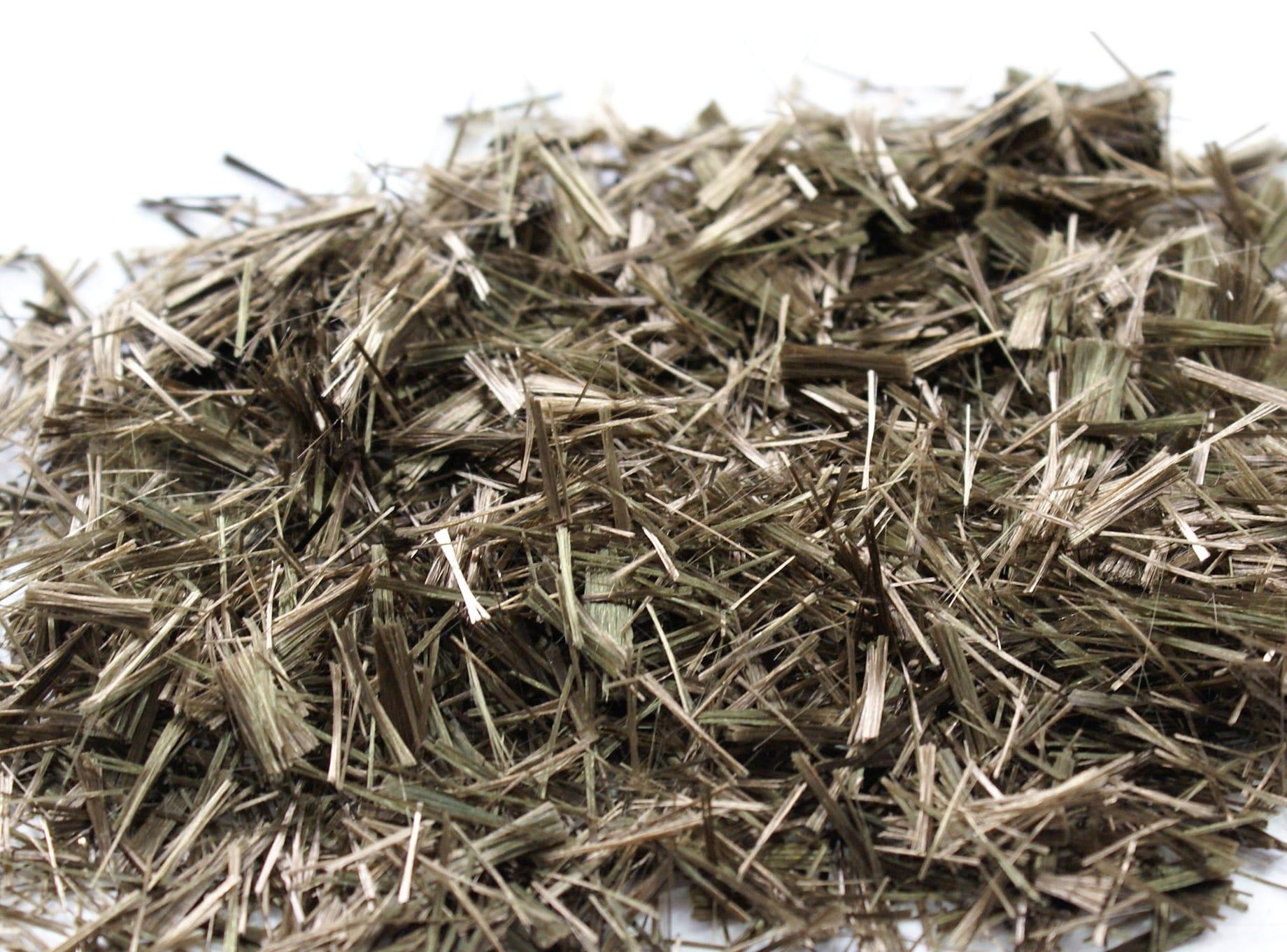Basalt fiber market analysis highlights Asia-Pacific dominance driven by rapid industrialization and construction activities.

The global basalt fiber market is witnessing robust expansion, with the Asia-Pacific region emerging as the undeniable leader in both production and consumption. This regional dominance is fueled by a combination of rapid industrial growth, large-scale infrastructure development, and increasing awareness of sustainable building materials. As the demand for high-performance, cost-effective, and environmentally friendly materials rises, basalt fiber is finding fertile ground across multiple industries in Asia-Pacific.
Industrialization at an Unprecedented Scale
Asia-Pacific is home to some of the world’s fastest-growing economies, including China, India, Indonesia, and Vietnam. These nations are undergoing aggressive industrialization, leading to heightened demand for durable and lightweight materials that can support large-scale production, infrastructure, and manufacturing.
Basalt fiber fits well into this scenario. Its superior mechanical properties—high tensile strength, chemical resistance, and excellent thermal performance—make it an ideal choice for reinforcing structures, improving product life cycles, and minimizing maintenance costs. Industries like automotive, construction, shipbuilding, and electronics are increasingly integrating basalt composites to enhance product performance while keeping environmental impact low.
Booming Construction Sector
Construction is arguably the biggest growth engine behind basalt fiber demand in the region. Massive urban development, particularly in China and India, has led to a surge in roadways, bridges, commercial buildings, and residential projects. Government-led infrastructure initiatives, such as China’s Belt and Road Initiative and India’s Smart Cities Mission, are intensifying the need for materials that are not only strong and long-lasting but also resistant to corrosion and adverse weather conditions.
Basalt fiber, especially in the form of rebar, mesh, and structural panels, is gaining popularity as a replacement for traditional steel and fiberglass. Its ability to withstand harsh environments, especially in coastal or seismic zones, gives it a considerable edge. Additionally, its lightweight nature reduces labor costs and simplifies logistics, further boosting its appeal in large-scale projects.
Localized Production and Raw Material Availability
Another key factor behind Asia-Pacific’s market dominance is the natural abundance of basalt rock in the region. Countries like China and Russia have substantial basalt reserves, enabling them to produce the fiber domestically at lower costs. This local availability reduces the reliance on imports, strengthens supply chain resilience, and promotes scalability.
Furthermore, regional manufacturers are investing in new production lines, R&D centers, and sustainable processing technologies to improve fiber quality, diversify applications, and meet growing demand. This investment cycle is not only elevating product standards but also making basalt fiber more competitive against traditional alternatives.
Expanding Applications and Market Penetration
Beyond construction and infrastructure, basalt fiber is making inroads into new industries across Asia-Pacific. In the automotive sector, it’s being used for underbody protection, fire barriers, and lightweight structural components, especially as electric vehicle production ramps up. In aerospace and defense, basalt composites are being explored for their thermal resistance and non-conductive properties.
Moreover, as environmental regulations tighten, companies are seeking greener materials with low ecological footprints. Basalt fiber, being 100% recyclable and free from toxic emissions during production, aligns perfectly with this shift toward sustainability.
The Road Ahead
The Asia-Pacific region is not just a participant in the basalt fiber revolution—it’s leading it. With industrial activity at an all-time high and infrastructure needs growing rapidly, the conditions are ideal for basalt fiber to flourish. As technological advancements continue to enhance fiber performance and application range, the region’s grip on the global market is expected to strengthen even further.
In short, the dominance of Asia-Pacific in the basalt fiber market isn’t just a trend—it’s a reflection of deep-rooted industrial momentum, strategic material sourcing, and a forward-looking approach to sustainable development.
- Art
- Causes
- Crafts
- Dance
- Drinks
- Film
- Fitness
- Food
- Games
- Gardening
- Health
- Home
- Literature
- Music
- Networking
- Other
- Party
- Religion
- Shopping
- Sports
- Theater
- Wellness


